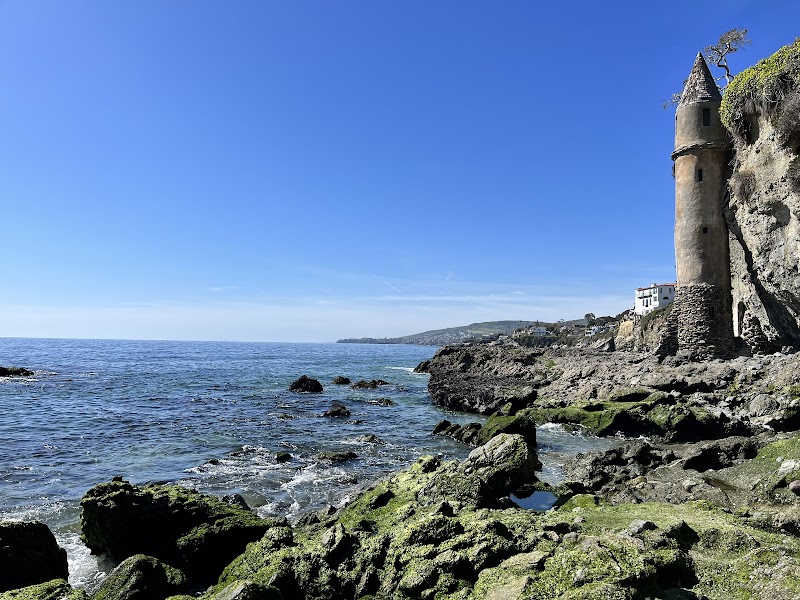
Laguna Beach Marine Protected Area Adventures
Laguna Beach Marine Protected Area safeguards vibrant coastal habitats and diverse marine life off Southern California’s shore, offering exceptional opportunities for snorkeling, diving, and wildlife observation.
About Laguna Beach Marine Protected Area

The Laguna Beach Marine Protected Area (MPA) is located along the coastline of Laguna Beach, in Orange County, Southern California. Designated as a State Marine Conservation Area, it encompasses approximately three miles of coastal ocean, extending offshore to protect kelp forests, rocky reefs, tidepools, and sandy bottoms. The region supports an abundance of marine species including fish, invertebrates, sea stars, and marine mammals. This MPA was established to conserve key biological resources, promote sustainable fisheries, and enhance recreational and educational uses of the ocean.
Geographically, the protected waters lie adjacent to the popular coastal city of Laguna Beach, known for its scenic coves and underwater diversity. Ecologically, the area is critical for spawning, nursery grounds, and refuge for both common and rare species. Kelp forests dominate the seascape, providing essential shelter and feeding habitat. Tidepools along the rocky shorelines reveal rich intertidal communities that can be explored during low tides.
Recreationally, the Laguna Beach MPA is celebrated for snorkeling and scuba diving, with multiple access points from public beaches and piers. Visitors often witness colorful garibaldi, leopard sharks, and anemones in crystal-clear waters. Kayaking and paddleboarding are also popular ways to experience the marine environment. This MPA enhances visitor appreciation of marine biodiversity and encourages responsible stewardship of coastal resources.
Historically, the Laguna Beach MPA was established in 2012 as part of California’s Marine Life Protection Act initiative to create a network of protected zones aimed at restoring marine ecosystems. Today, it serves as an important area for research, education, and sustainable recreation while supporting local fisheries by providing spillover effects outside its boundaries.
Highlights
Kelp Forest Ecosystem – dense underwater forests supporting diverse marine life
Intertidal Tidepools – accessible during low tide for observing starfish, crabs, and sea anemones
Protected Habitat for Garibaldi – California’s state marine fish found abundantly here
Multiple Access Points – including Shaw’s Cove and Main Beach for diving and snorkeling
Notable Natural Features
Kelp Forests
Dense underwater forests of giant kelp provide shelter and feeding grounds for numerous marine species.
Shaw’s Cove
A popular protected cove and dive site with vibrant marine life and excellent underwater visibility.
Intertidal Tidepools
Rocky shorelines revealing tidepools filled with diverse marine invertebrates during low tide.
